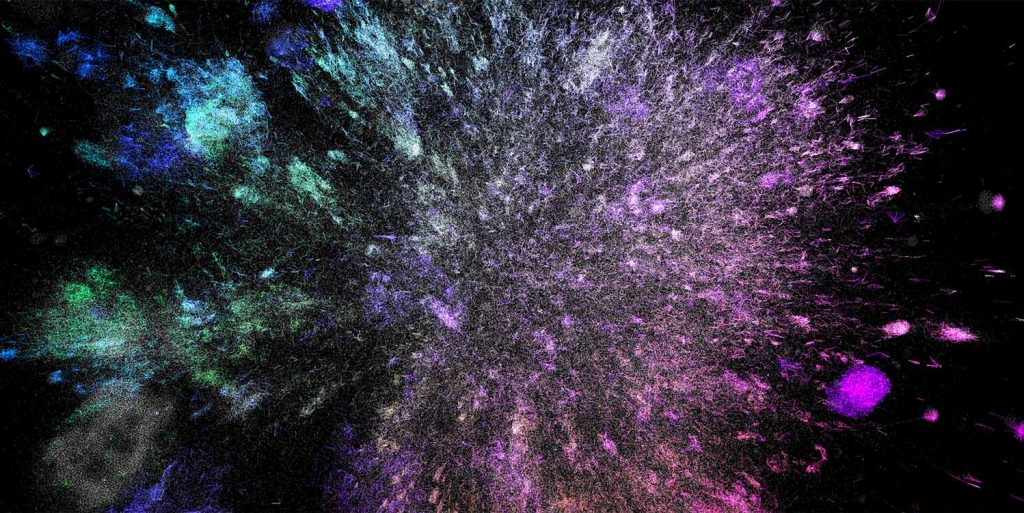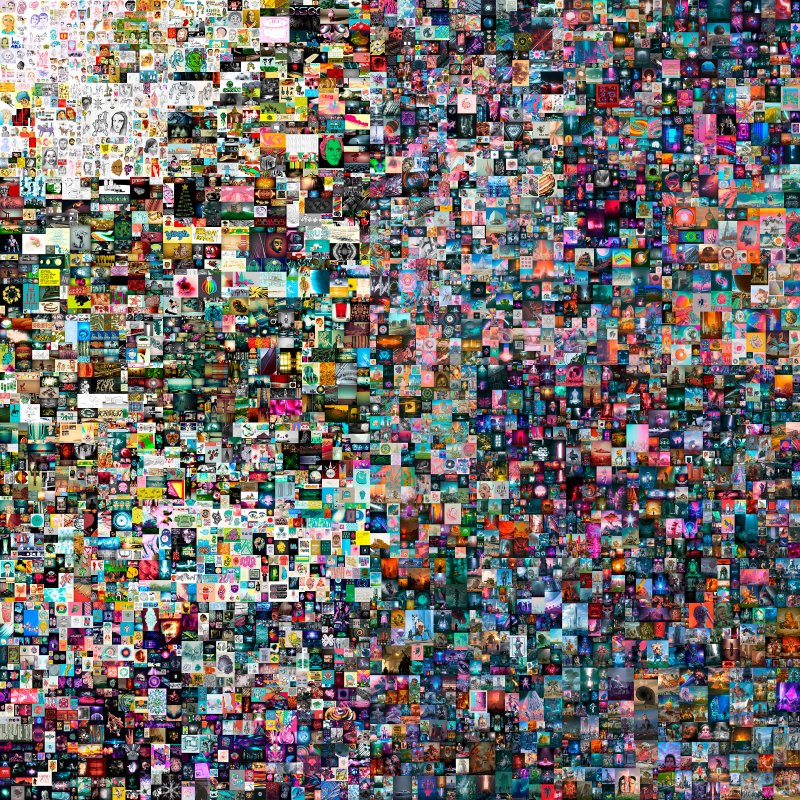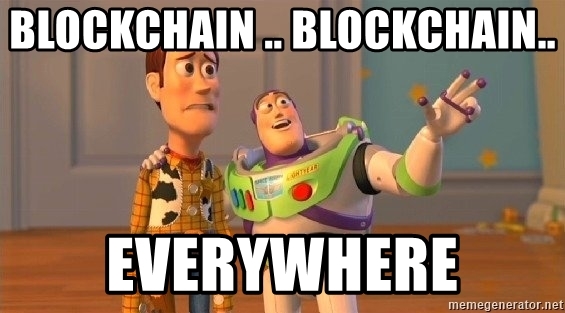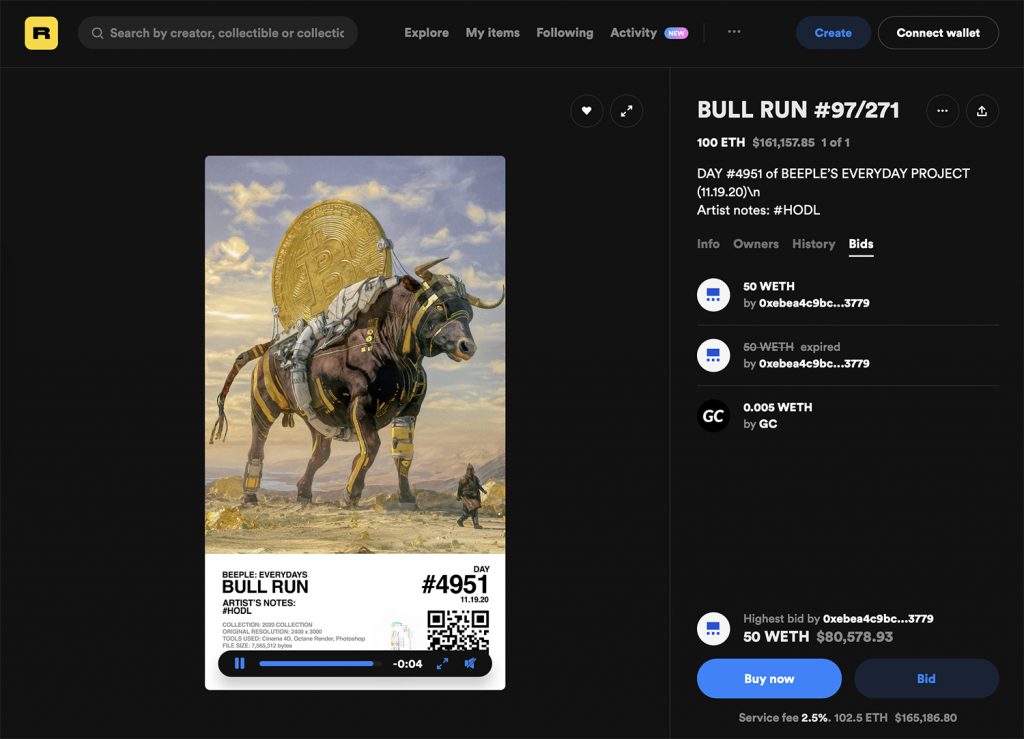NFTs ART
Decentralisation is a concept that has been substantially materialised largely due to the ability of digital data management that no longer requires a physical data centre like it did in the past. The technology relies on a personal computer of a user who is a part of a network, using it as a node for data processing and distribution. It increases the efficiency of data transmission and system security, eliminating issues related to the stability and safety of the data stored in a data centre, questionable authority of the system controller and the hierarchy and transparency of data access.
 Photo from repository anvaka/snap.topology by Andrei Kashcha in github.com exhibiting internet topology using the data from SNAP by Standford University
Photo from repository anvaka/snap.topology by Andrei Kashcha in github.com exhibiting internet topology using the data from SNAP by Standford University
One of the most concrete examples of decentralisation is the blockchain technology developed for managing cryptocurrencies that allows transactions to take place without the need for a central agency managing the system. Instead, the operation relies on a consensus mechanism, in which validators on a network verify and confirm transactions. Conceived and developed alongside the blockchain technology is NFTs or the Non-fungible tokens, a special kind of crypto asset on blockchain, each comes with its own unique identification code and metadata that differentiates an NFT from each other (unlike Fungible Tokens, which do not have unique identification codes and can be exchanged for another of like kind. For example, when we lend a friend a five baht coin, we can accept any five baht coin in return and it doesn’t have to be the exact same coin).
NFT can be created in the support digital file formats (jpg, png, gif, mp3, mp4, etc.) to verify and confirm the authenticity and uniqueness of that one specific file. NFT’s unique identification code certifies a digital file through the blockchain system. In this sense, NFT is similar to a certificate verifying the authenticity of a file in the digital world. If we look at the meaning of authenticity and uniqueness as a part of a physical object, NFT should be looked at for its role, which extends beyond the previously mentioned definition. Without a NFT’s identification code, authenticity and uniqueness is practically non-existent in the digital world where modification and reproduction of data is a common occurrence.
NFTs art is a digital format of an art piece. It works similarly to a contract, linking a particular art piece’s digital file to a specific NFT. One of the special characteristics of NFTs art is how the details of the purchase, for example the buyer, seller and price, are documented in the blockchain system. Another distinctive characteristic of this type of decentralised data distribution system is how it prohibits the data from being modified or deleted. This new format introduced to art trading takes place in the realm where art is intangible and all the transactions and collections are happening through applications and on web browsers in the digital world.
 Beeple, Everydays: The First 500 Days, Photo courtesy of christies.com
Beeple, Everydays: The First 500 Days, Photo courtesy of christies.com
Many of you must have heard the news about digital art collections, which turned mainstream when Beeple (Mike Winkelmann), a digital art artist, sold his digital collage ‘Everydays—The First 5,000 Days’ through a Christie’s auction at the mind-blowing price of USD 69.3 millions (THB 2,100 millions). The popularity of digital art has led to the birth of many new platforms such as Foundation, Superrare, Nifty Gateway, Rarible, Opensea, Mintable where these specific types of works are being sold and bought. The NFTs art’s format shows us the possibility of managing financial transactions without the need for financial institutions. The un-bank-ness of digital currencies can lead to the un-gallery-ness or un-museum-ness of the entire art exhibition system.
Nevertheless, there are still certain issues about selling and buying NFTs art. For instance, the connection and negotiation between sellers and the platforms where transactions happen. While the concept and technology that enable the birth of NFTs art should, in theory, lead to the emergence of spaces where artists can exhibit and make money online freely, there is still the wall that is the selection process, which has become a major obstacle. While some of the NFTs art platforms only allow invited artists to showcase and sell their works, there are issues concerning the fee required for minting, in which a newly listed work can be minted into a NFT, including the fee charged for having a work listed, not to mention the commission the platforms charge from the sold pieces that are at times too high.
 Blockchain meme
Blockchain meme
In the matter of reproduction, a NFTs art’s digital file is no different from other types of digital files in the sense that it can be reproduced by simple methods of copy-paste, save as and screenshot. If we were to compare the reproduction of a physical art piece to the computer-generated copy-paste method, a complete digital reproduction can take place in a matter of seconds. Therefore, reproduction as a distribution of data within a network is considered normal. The problem about NFTs art’s reproduction occurs when a work is copied and minted with a new NFT, before it gets sold by a copyright violator who claims the title of the original creator. These sorts of problems are common in the creative community, be there online or offline. The preventive measures besides reporting and removing works with copyright infringements after they are released will soon be developed considering how they can contribute a great deal to the credibility of all these platforms.
When it comes to the discussion about technicality, how each platform is handling files of digital artworks is currently an issue of interest to many, particularly the matters revolving around the persistence of a work’s digital data. The problem lies, not in how a NFT, which is a set of data stored in the blockchain, cannot be deleted, but the fact that the file itself isn’t being stored in the same blockchain as its NFT (the file and NFT are separated). With NFT is tied to the file’s address, if a platform still uses a data centre, there are risks for an artwork’s digital file to be modified and lost if something were to happen to the platform that owns the data centre (for example, if an indesign file contains a jpg file in its layout, it means that the the jpg file is linked to and can be retrieved through the indesign file. However, the data in that particular jpg file is not documented in the indesign file, meaning there’s a chance for the jpg file at the destination to be modified or deleted).
 An auction in rarible.com
An auction in rarible.com
These unique characteristics of NFTs art make us question the difference in the existence of physical and digital art. How is collecting digital art any different from the way other types of art are collected? How long will digital art last? Do we only acknowledge the existence of digital artworks when they’re being tied to NFTs? If we validate the existence of these digital artistic creations, why do we only give them artistic and financial values merely when they are minted into NFTs? Is what we get from buying a piece of NFTs art, ultimately, nothing but an NFT and its unique identification code?
Cradit : art4d : https://art4d.com/en/2021/04/nfts-art


